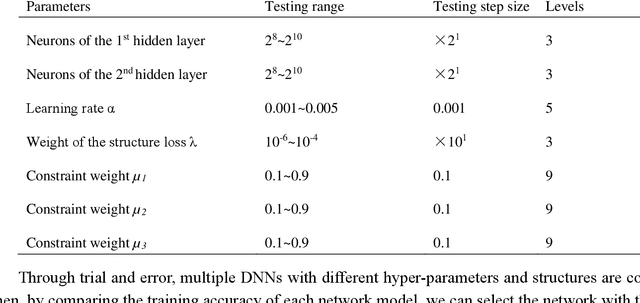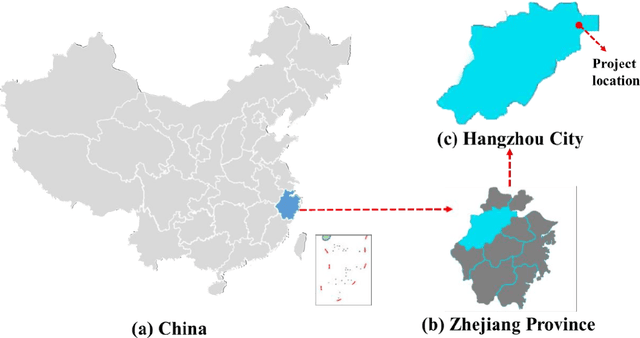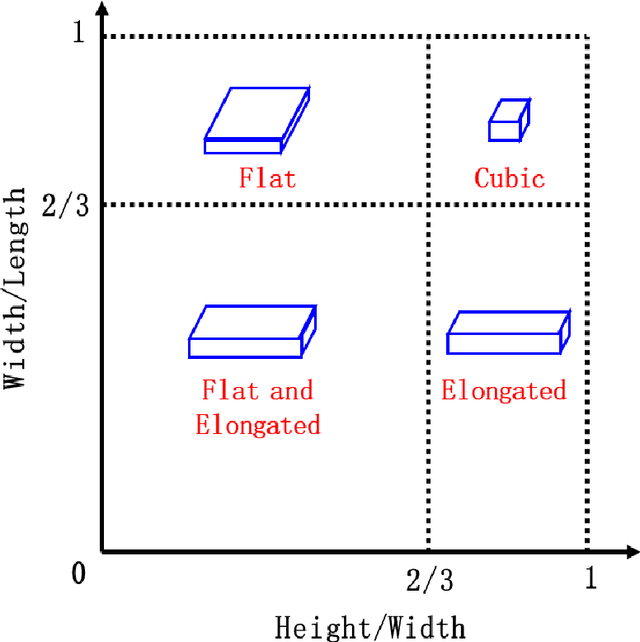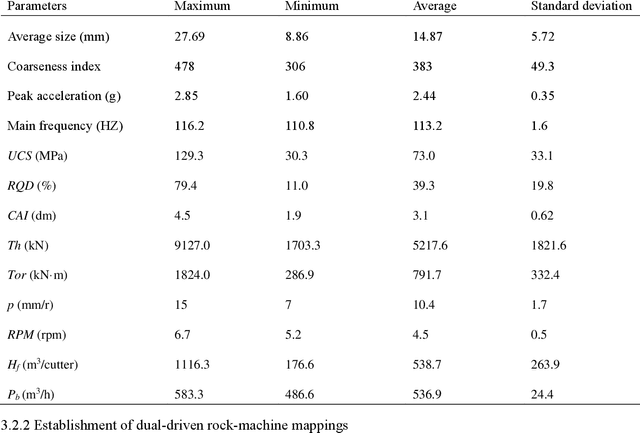Ruirui Wang
STARec: An Efficient Agent Framework for Recommender Systems via Autonomous Deliberate Reasoning
Aug 26, 2025Abstract:While modern recommender systems are instrumental in navigating information abundance, they remain fundamentally limited by static user modeling and reactive decision-making paradigms. Current large language model (LLM)-based agents inherit these shortcomings through their overreliance on heuristic pattern matching, yielding recommendations prone to shallow correlation bias, limited causal inference, and brittleness in sparse-data scenarios. We introduce STARec, a slow-thinking augmented agent framework that endows recommender systems with autonomous deliberative reasoning capabilities. Each user is modeled as an agent with parallel cognitions: fast response for immediate interactions and slow reasoning that performs chain-of-thought rationales. To cultivate intrinsic slow thinking, we develop anchored reinforcement training - a two-stage paradigm combining structured knowledge distillation from advanced reasoning models with preference-aligned reward shaping. This hybrid approach scaffolds agents in acquiring foundational capabilities (preference summarization, rationale generation) while enabling dynamic policy adaptation through simulated feedback loops. Experiments on MovieLens 1M and Amazon CDs benchmarks demonstrate that STARec achieves substantial performance gains compared with state-of-the-art baselines, despite using only 0.4% of the full training data.
McBE: A Multi-task Chinese Bias Evaluation Benchmark for Large Language Models
Jul 02, 2025Abstract:As large language models (LLMs) are increasingly applied to various NLP tasks, their inherent biases are gradually disclosed. Therefore, measuring biases in LLMs is crucial to mitigate its ethical risks. However, most existing bias evaluation datasets focus on English and North American culture, and their bias categories are not fully applicable to other cultures. The datasets grounded in the Chinese language and culture are scarce. More importantly, these datasets usually only support single evaluation tasks and cannot evaluate the bias from multiple aspects in LLMs. To address these issues, we present a Multi-task Chinese Bias Evaluation Benchmark (McBE) that includes 4,077 bias evaluation instances, covering 12 single bias categories, 82 subcategories and introducing 5 evaluation tasks, providing extensive category coverage, content diversity, and measuring comprehensiveness. Additionally, we evaluate several popular LLMs from different series and with parameter sizes. In general, all these LLMs demonstrated varying degrees of bias. We conduct an in-depth analysis of results, offering novel insights into bias in LLMs.
Intelligent decision-making method of TBM operating parameters based on multiple constraints and objective optimization
Jul 31, 2022



Abstract:The decision-making of TBM operating parameters has an important guiding significance for TBM safe and efficient construction, and it has been one of the research hotpots in the field of TBM tunneling. For this purpose, this paper introduces rock-breaking rules into machine learning method, and a rock-machine mapping dual-driven by physical-rule and data-mining is established with high accuracy. This dual-driven mappings are subsequently used as objective function and constraints to build a decision-making method for TBM operating parameters. By searching the revolution per minute and penetration corresponding to the extremum of the objective function subject to the constraints, the optimal operating parameters can be obtained. This method is verified in the field of the Second Water Source Channel of Hangzhou, China, resulting in the average penetration rate increased by 11.3%, and the total cost decreased by 10.0%, which proves the practicability and effectiveness of the developed decision-making model.
 Add to Chrome
Add to Chrome Add to Firefox
Add to Firefox Add to Edge
Add to Edge